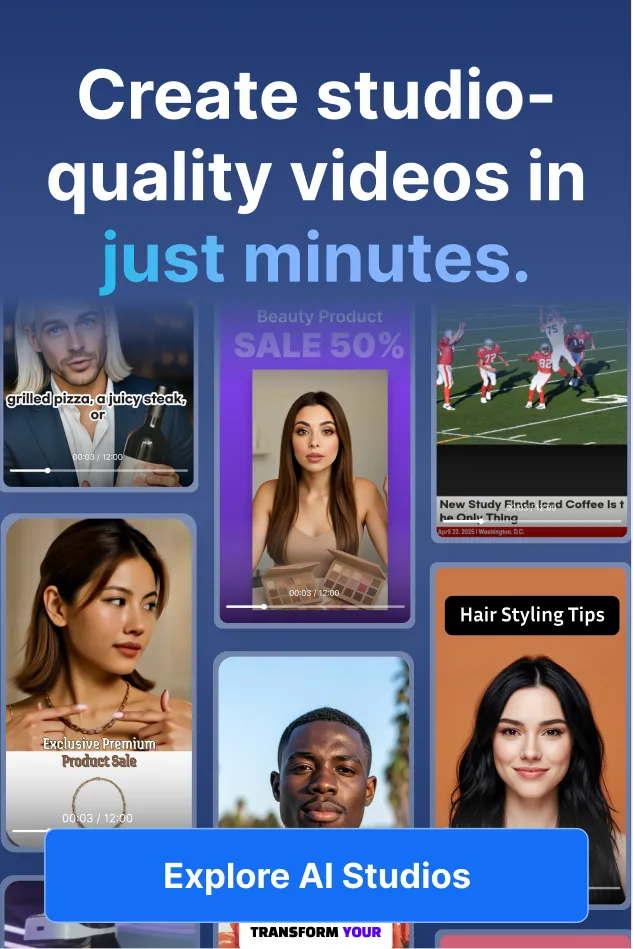What is Sora AI?
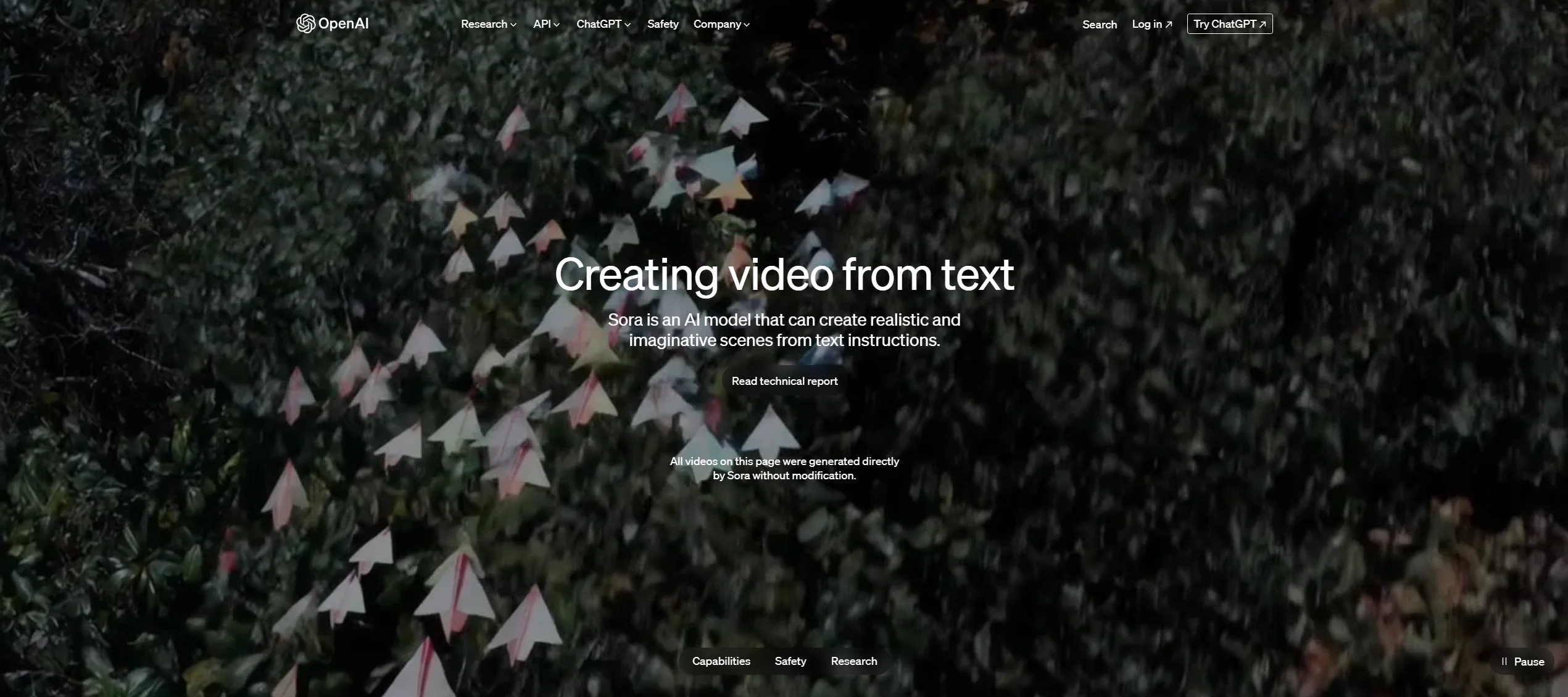
Sora AI is an advanced tool developed by OpenAI capable of generating full videos up to one minute long from a simple text prompt.
OpenAI has shared numerous example videos demonstrating Sora AI's impressive capabilities. These videos showcase incredibly lifelike scenes, including reflections in mirrors, realistic fluid movements in liquids, and detailed falling snow particles. This marks a significant leap from previous AI-generated videos, which often lacked convincing realism.
How does Sora AI work
Sora AI is built on a diffusion model, which begins with a video that resembles static noise and gradually refines it by removing the noise over many steps. This model can generate entire videos in one go or extend existing videos to make them longer. By processing many frames at once, Sora ensures that subjects remain consistent, even when temporarily out of view.
Utilizing a transformer architecture, similar to GPT models, Sora achieves superior scaling performance. It treats videos and images as collections of smaller data units called patches, comparable to tokens in GPT models. This unified data representation allows Sora to train on a wide array of visual data, encompassing various durations, resolutions, and aspect ratios.
Building on the foundations of DALL·E and GPT models, Sora employs the recaptioning technique from DALL·E 3 to generate highly descriptive captions for visual training data. Consequently, the model can more faithfully follow users' text instructions in the generated videos.
However, it's important to note that Sora is still evolving. It may struggle with simulating complex physics accurately or understanding specific cause-and-effect scenarios, such as showing a bite mark on a cookie after someone takes a bite.
Sora Video AI : Actual use case in real life
The potential applications of Sora span across numerous fields, offering transformative possibilities:
Creative Industries
For filmmakers, visual artists, and designers, Sora opens up new avenues for creativity. Imagine generating storyboard visuals or short film sequences directly from a script, significantly reducing the time and resources needed for conceptualization and pre-production.
Education and Training
Sora can create detailed educational content, such as historical reenactments or scientific simulations, making learning more engaging and visually immersive.
Advertising and Marketing
Brands can leverage Sora to produce eye-catching video content for marketing campaigns based on textual descriptions alone, enabling faster turnaround times and creative experimentation.
Gaming and Virtual Reality
Developers can use Sora to generate dynamic backgrounds, character interactions, or even entire cutscenes, enhancing the storytelling aspect of video games and VR experiences.
Whether you're a filmmaker looking to visualize your next screenplay, an educator aiming to bring history to life, or a marketer seeking innovative content creation tools, Sora promises to be a game-changer in the way we conceive and produce video content.
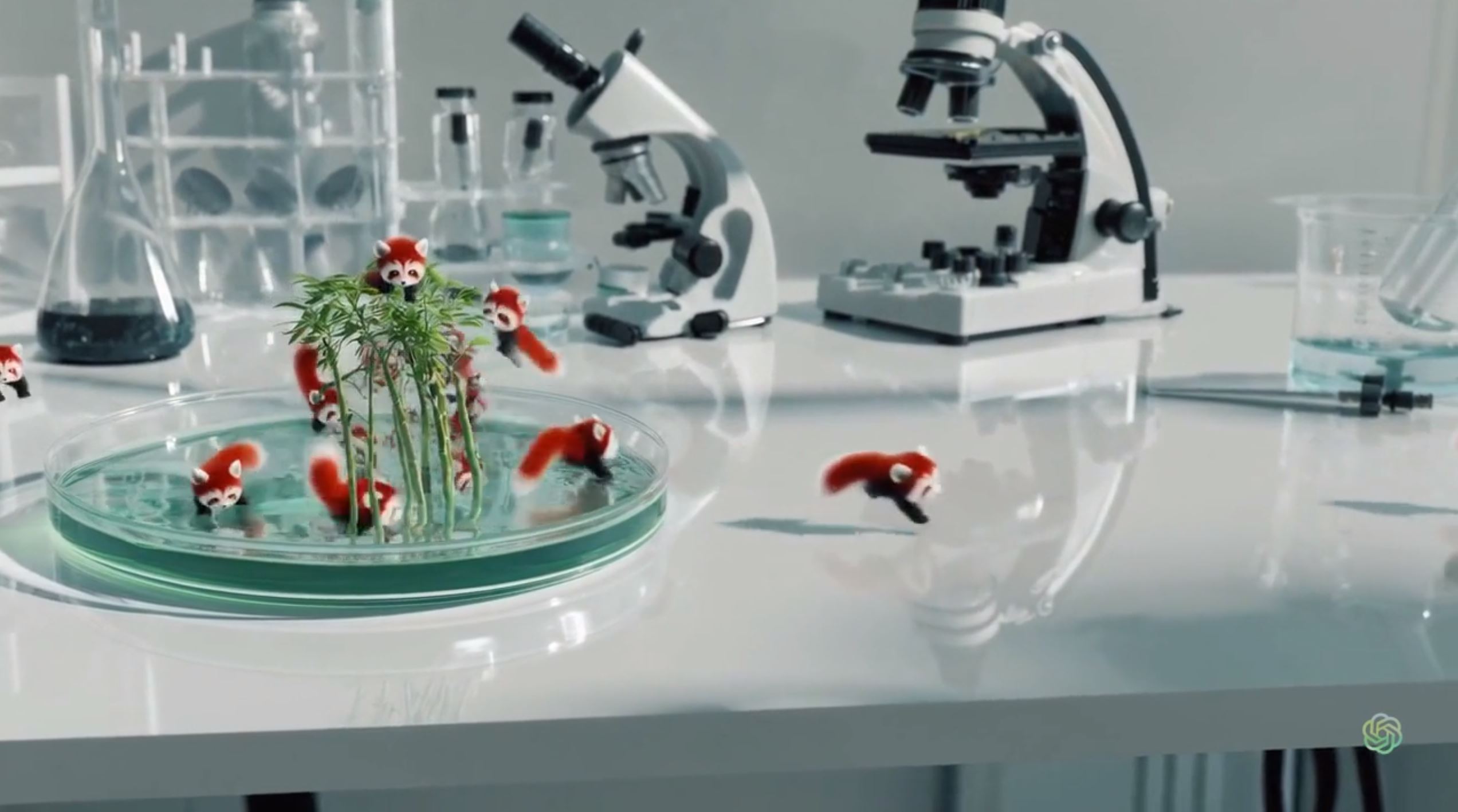
Open AI Sora release date
Based on the information provided by OpenAI, the release date for Sora, the AI model capable of creating videos from text, is not explicitly stated. Currently, Sora is available to a select group of users, including red teamers and creative professionals like visual artists, designers, and filmmakers, for assessment and feedback. This indicates that the model is in a pre-release or early access stage, aimed at refining its capabilities and addressing any potential risks or issues before a wider public launch.
Understanding AI Text to video generator
However, although Sora AI has shaken the world with glimpses of its capabilities, text-to-video generators are not entirely new. DeepBrain AI, for example, has a product called AI Studios that can produce highly professional videos using just text alone. This technology eliminates the need for cameras, microphones, or actors, showcasing the growing potential and variety in AI-driven video creation tools.
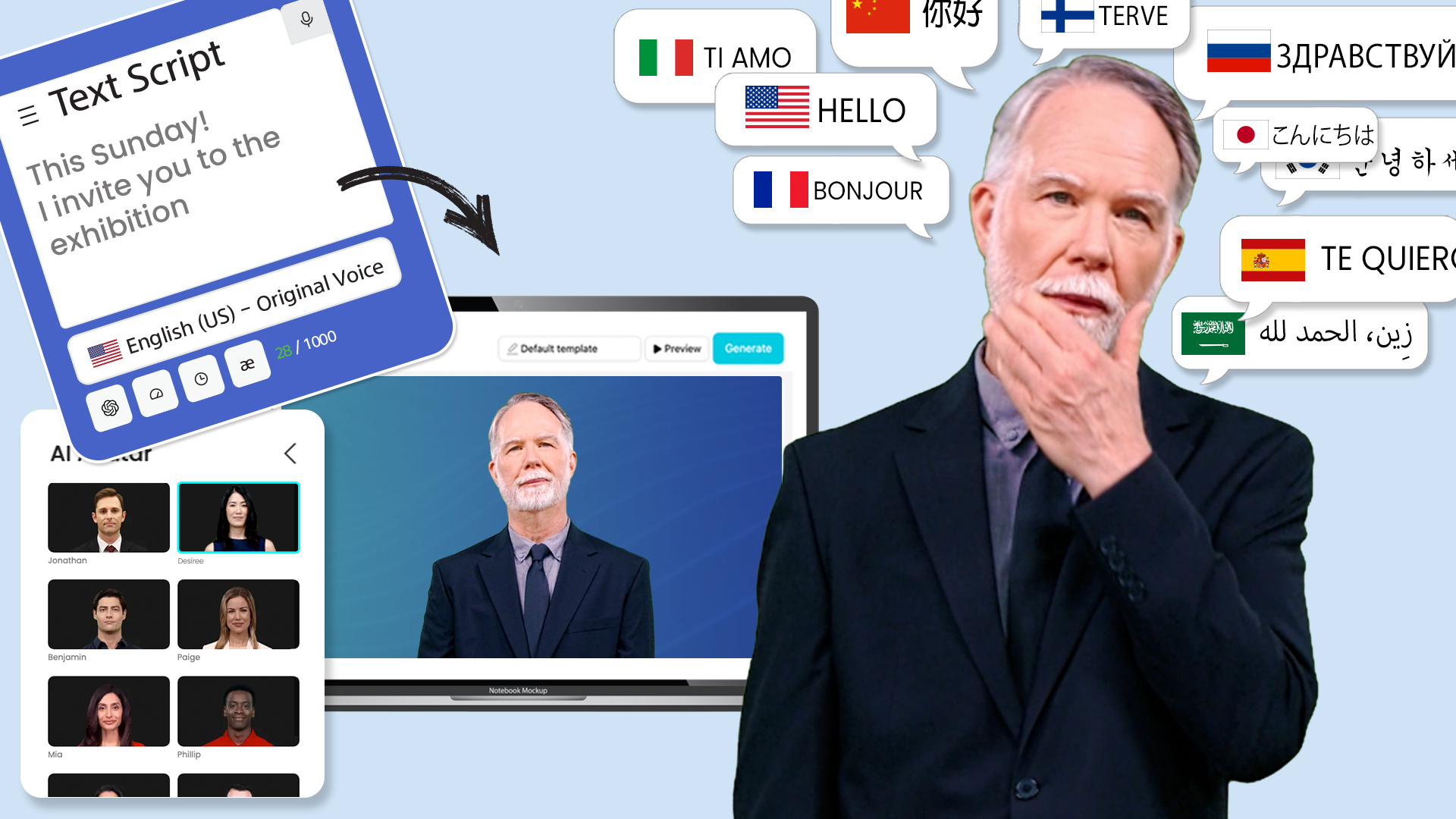
While Sora AI's ability to generate realistic scenes from text is impressive, it lacks the text-to-speech integration and real-time interaction offered by DeepBrain AI's AI Studios. For applications that require a personal touch, like YouTube content creation or interactive educational videos, AI Studios' lifelike avatars and automated video generator provide a more engaging and accessible solution. This makes DeepBrain AI's platform especially suitable for users without technical expertise who want to produce high-quality video content efficiently.
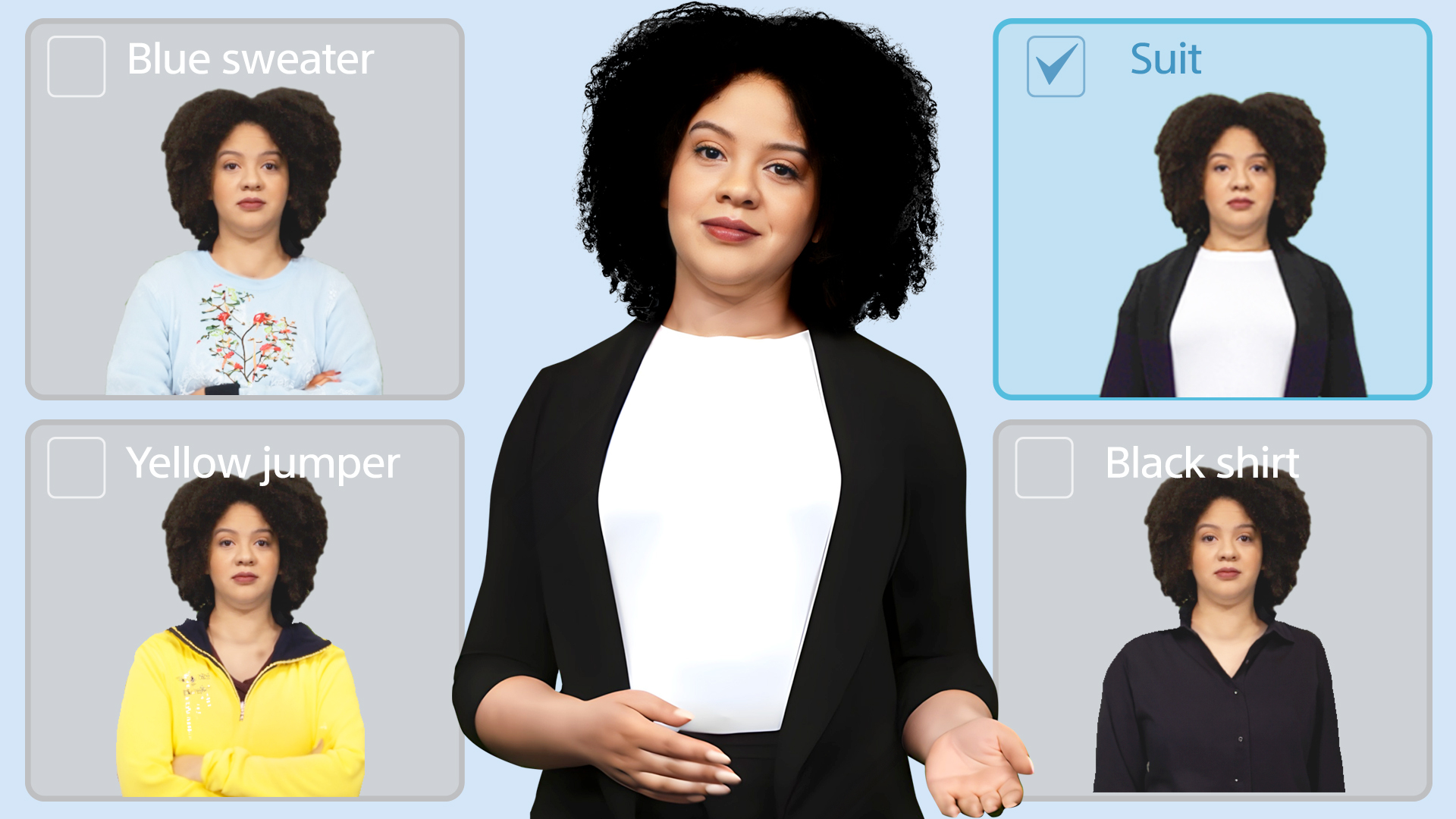
Key Features of Deepbrain AI's AI Studios:
- Lifelike AI Avatars: Mimic human expressions and speech for a personal touch in videos.
- Customizable Scripts: Users can input scripts for AI avatars to deliver in a natural voice.
- Multiple Languages: Supports various languages, catering to a global audience.
- High-Quality Graphics: Ensures videos are of high resolution and visually appealing.
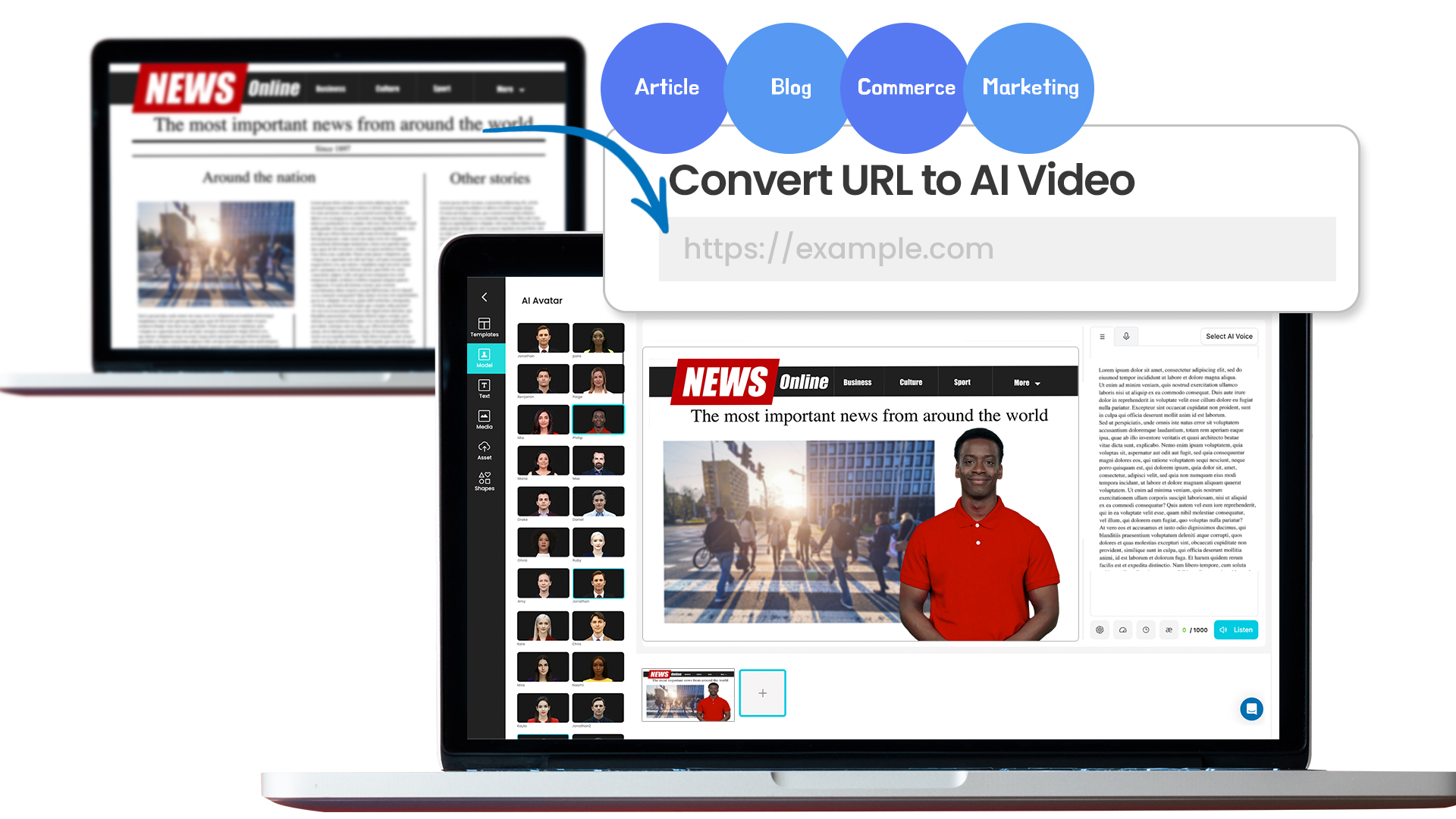
Advantages Over Sora:
- Text-to-Speech Integration: Offers a seamless blend of visual and auditory content creation.
- Real-Time AI Avatar for Conversation: Enables real-time conversations with avatars, enhancing interactivity.
- Accessibility: Fully automate video production for users without technical skills, streamlining content creation.
- Language and Voice Options: Supports over 80 languages, allowing global reach. Offers voice selection to enhance message clarity and impact.
- Cost and Time Efficiency: Significantly reduces the time and financial investment in video production, leveraging automation for rapid, cost-effective content creation.
While Sora pushes the envelope in video scene generation, Deepbrain AI's focus on natural auditory experiences and lifelike avatars provides an alternative avenue for content creation. Understanding the strengths and limitations of each technology is key to leveraging their potential to the fullest.
How to Use Sora : Make Videos from Prompt
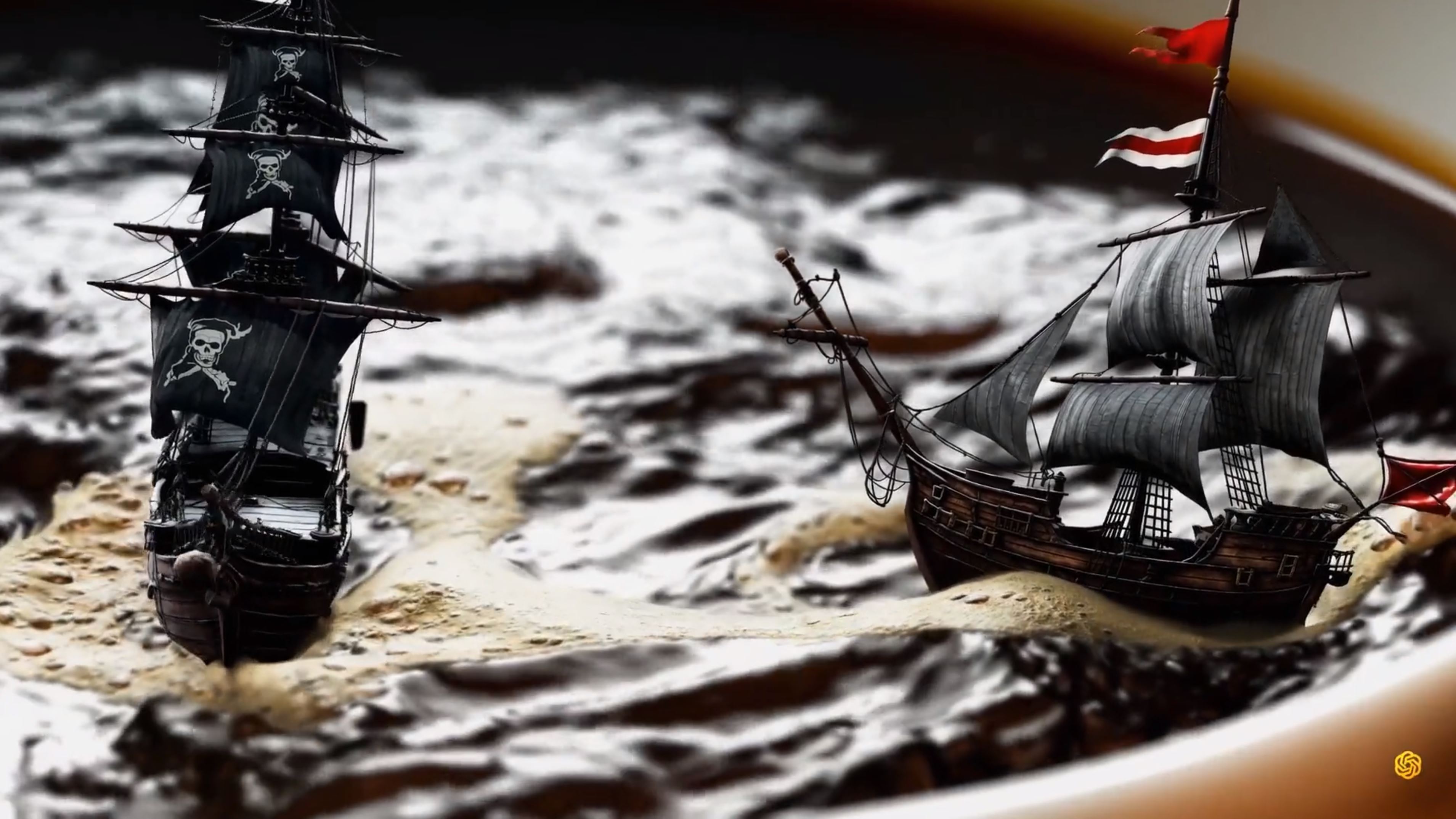
In preparation for the official public release of Sora AI, here are some tips and tricks on how to efficiently and effectively create videos from prompts alone.
Crafting Your Prompt
Start with a clear prompt that is detailed and specific, as clear descriptions lead to more accurate and satisfying video outputs. Experiment with different descriptions to understand the tool's capabilities and limitations better. Utilize visual elements by mentioning specific colors, objects, or actions to make your video more engaging and visually appealing. While detailed prompts are helpful, avoid overcomplicating them; simple and concise descriptions often yield the best results.
Refer to example videos provided by OpenAI to see what types of scenes Sora AI can generate well and use these examples as inspiration for your own prompts.
Generating Videos
After finalizing your prompt, submit it to Sora. The model will then create a video that matches your description, ensuring that the characters and visual styles remain consistent throughout the entire video.
Reviewing and Refining
If the initial video isn't exactly what you envisioned, tweak your prompt and try again. Iteration is key to getting the perfect output. Think about the story you want to tell with your video and plan the sequence of events to craft a more coherent and compelling narrative. Sora AI might respond differently to various styles of language, so experiment with formal, casual, or imaginative descriptions to see which works best.
Generating high-quality videos takes time, so be patient and give the tool enough time to produce the best possible output.
Common Misconceptions and Concerns
While the capabilities of Sora are impressive, it's crucial to address potential concerns:
- Accuracy and Realism: Despite its advanced technology, Sora may not always perfectly simulate real-world physics or specific details. Ongoing improvements and feedback from early users, such as visual artists and filmmakers, are vital for enhancing its accuracy.
- Safety Measures: To mitigate risks like misinformation or harmful content, safety steps are in place, including adversarial testing by red teamers and the development of detection tools to identify Sora-generated content.
Eager for Sora AI? Explore Alternatives for Text-to-Video Now!
Sora is an advanced AI model designed for generating realistic video scenes from text instructions, promising transformative applications across various fields by enhancing creative expression and making video production more accessible and efficient. However, the exact release date of Sora AI remains unknown. It's recommended to explore AI tools like AI Studios for text to video generation, tailored to various purposes and uses.

![Sora AI : How to Use It [Updated May 2024]](https://cdn.prod.website-files.com/63da3362f67ed649a19489ea/658d1ca9a7939e4251083aca_Untitled%20(7).png)
